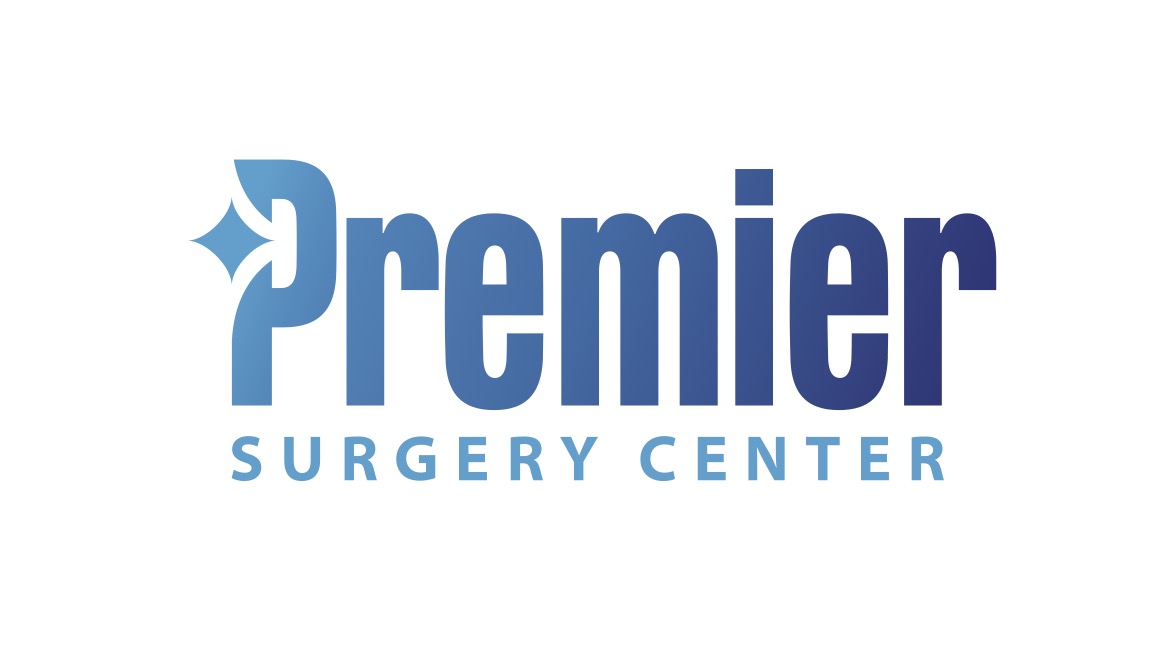Endovascular ablation (EVA) is a minimally invasive treatment for varicose veins that effectively closes faulty superficial veins. In addition, it helps blood flow return to the heart and prevents blood and other fluids from pooling in your legs, which can cause symptoms like aching, burning, swelling, and itching.
EVA is a simple procedure that uses heat to seal off affected veins. Not only is it less invasive than other surgical treatments, but it’s also just as effective. Not to mention, it poses virtually no risk of infection.
There are two vascular systems in your legs, the deep and the superficial. They’re interconnected and normally direct the flow of blood back to your heart. However, in some people, the circulation can be faulty, and reflux (blood flowing in the wrong direction) can occur. Reflux can lead to enlarged, twisted veins that are commonly known as varicose veins and the other associated symptoms of venous disease.
The best way to determine your treatment options is to schedule a consultation with one of our caring staff and receive personalized treatment options. You will then be able to ask questions and get more information about the procedures that are right for you.
We can also look at the shape of the affected vein and the way it runs to help determine the best way to treat it. This allows us to target the specific vein and minimize the risk of side effects.
Before your EVA procedure begins, your doctor will take an ultrasound picture of your leg and locate the varicose veins that need to be treated. Then a small incision is made below your knee or just near your ankle and a catheter is inserted into the vein. A numbing solution is placed around the area to help you relax during the procedure.
After the EVA procedure is completed, your surgeon will apply a bandage and possibly a compression stocking. It’s as easy as that, and you can usually go home the same day.
After your EVA procedure, you’ll likely need to wear compression stockings to help keep blood from clotting and to reduce bruising. It’s important to be as active as possible during your recovery, as sitting for too long can cause discomfort and lead to thrombosis (blood clots). But remember, you’re not alone in this. We’re here if you have any questions or concerns.
You should see improvement in the appearance of your veins within a few weeks following your EVA procedure. It is also possible to experience some bruising or tenderness, but these tend to resolve quickly.
